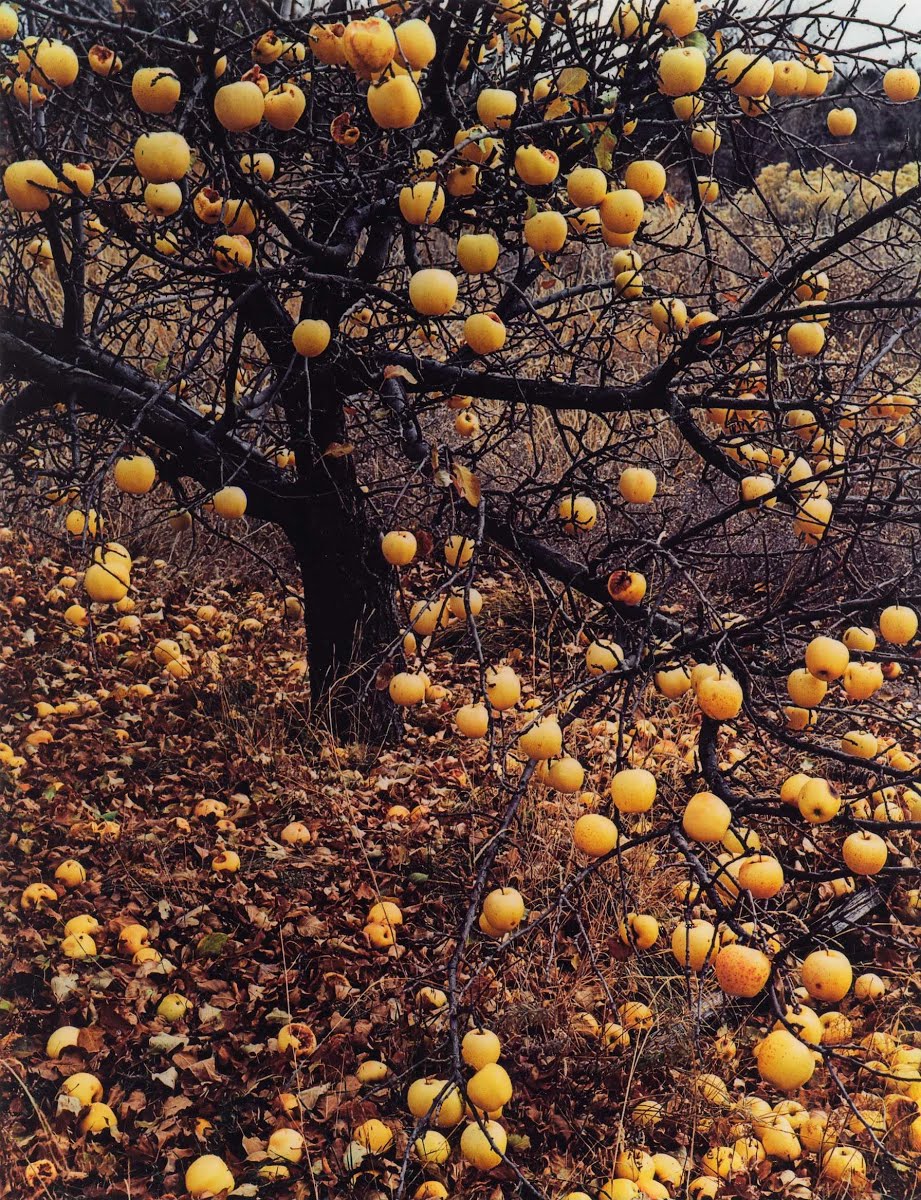|
When I decided to take a serious interest in photography I had some specific objectives in mind. Then new ideas came along, transformed and supported by intensive research and experimentation. At the moment I’ve settled into an emerging practice around botany, woodland and landscape, though not of the spectacular eye-popping variety.
But before any of that I have a confession to make. Having access to relatively unspoiled woodlands I began trying to make sense of framing the chaos of the forest. This took me quite rapidly to the work of Eliot Porter among others. I’ve never seen Porter’s dye transfer prints in the flesh - by all accounts they are outstanding works of art - but even with the low resolution images accessible online you can fully appreciate the quality of the compositions, the sense of colour and the intelligence in how Porter presents his series’. I had this gnawing feeling of déjà vu and was sure I had a book of Porter’s work in a box out in my studio. A year or so ago I began making collages out of old photographs pilfered from books and magazines. As part of this work I made series of pieces merging woodland and erotic imagery, inspired in part by Ovid’s Metamorphoses. So yes, mea culpa, it was indeed Porter’s images that I’d butchered to make my simple two or three-cut collages. Today the book, “In Wilderness Is the Preservation of the World”, published by The Sierra Club, has become an object of deep fascination for me. What I saw initially as intriguing pictures of woods and rivers I now read as investigations of the deepest complexity in form, colour, depth of field and other important attributes of good photography. Working with these images as material for collage I remember spending a lot of time admiring the colour and compositions, and feeling uneasy about spoiling them. But I wasn’t ready for Porter at that point. The images are set alongside text by none other than Henry David Thoreau who knew a thing or two about the power of wild places. Most of the book is intact - I have all but the four or five images I used for collage and of these I could steam off the pieces I glued to the prints. The prints are outstanding. Obviously they’re prints of prints but the editors and publishers have made great efforts to reproduce Porter’s work as well as anyone could. We are told in the publisher’s note that ‘ “In Wildness….” is lithographed in four colours on 90-lb. coated stock and lacquered to achieve maximum brilliance and fidelity in the color reproductions, themselves made from 4 x 5 transparencies, except for one 2 1/4 x 2 1/4….. The color, however is the main thing to display, and we could find no technique for displaying it better. We consulted five domestic printers and four in Europe before we found our solution.’ This makes me feel guilty and smug in equal parts. I have the next best thing to Porter’s original prints in my hands and so, as well as providing me with the best research resource for my own practice, it’s these that I want to make the subject of my photographic blog posts over the next few months.
0 Comments
Leave a Reply. |
Music, photography, experimental film.processes, methods, experiments, research, drafts, sketches and observations. Archives
February 2021
Categories
All
|

 RSS Feed
RSS Feed